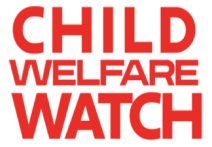
Since 1997, the Center’s Child Welfare Watch project has focused on vulnerable children, youth, and families. We identify constructive reforms that strengthen families, respect the rights of parents, and protect children.
While remaining focused on New York City’s child welfare and Family Court systems, we’ve also broadened our scope to include juvenile justice, early childhood education, homelessness, and the effects on children and families of low-wage work and poverty.
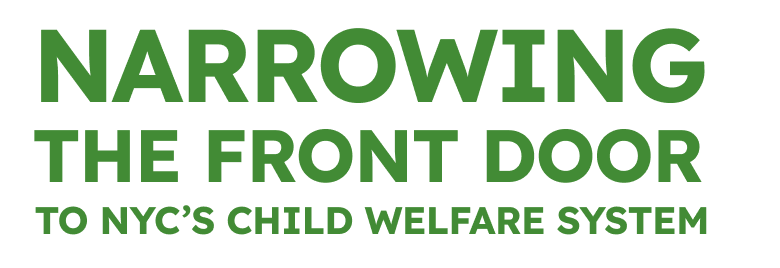
Since 1997, the Center’s Child Welfare Watch project has focused on vulnerable children, youth, and families. We identify constructive reforms that strengthen families, respect the rights of parents, and protect children.
While remaining focused on New York City’s child welfare and Family Court systems, we’ve also broadened our scope to include juvenile justice, early childhood education, homelessness, and the effects on children and families of low-wage work and poverty.
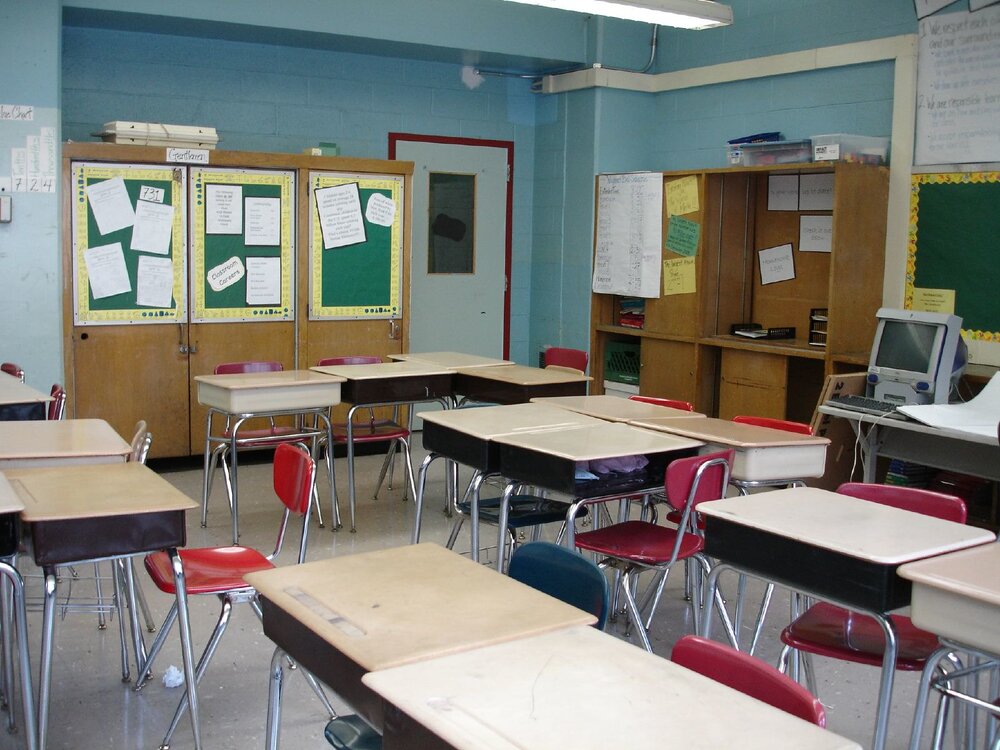
When New York City released its "Bridge to School" plan in late August, officials called on teachers to make students' mental health needs their top priority. "Many of our young people are in pain,” City officials wrote. But as students finally resume classes – remotely this week and in classrooms next – they will find that many social workers and other mental health care providers have disappeared from school budgets.
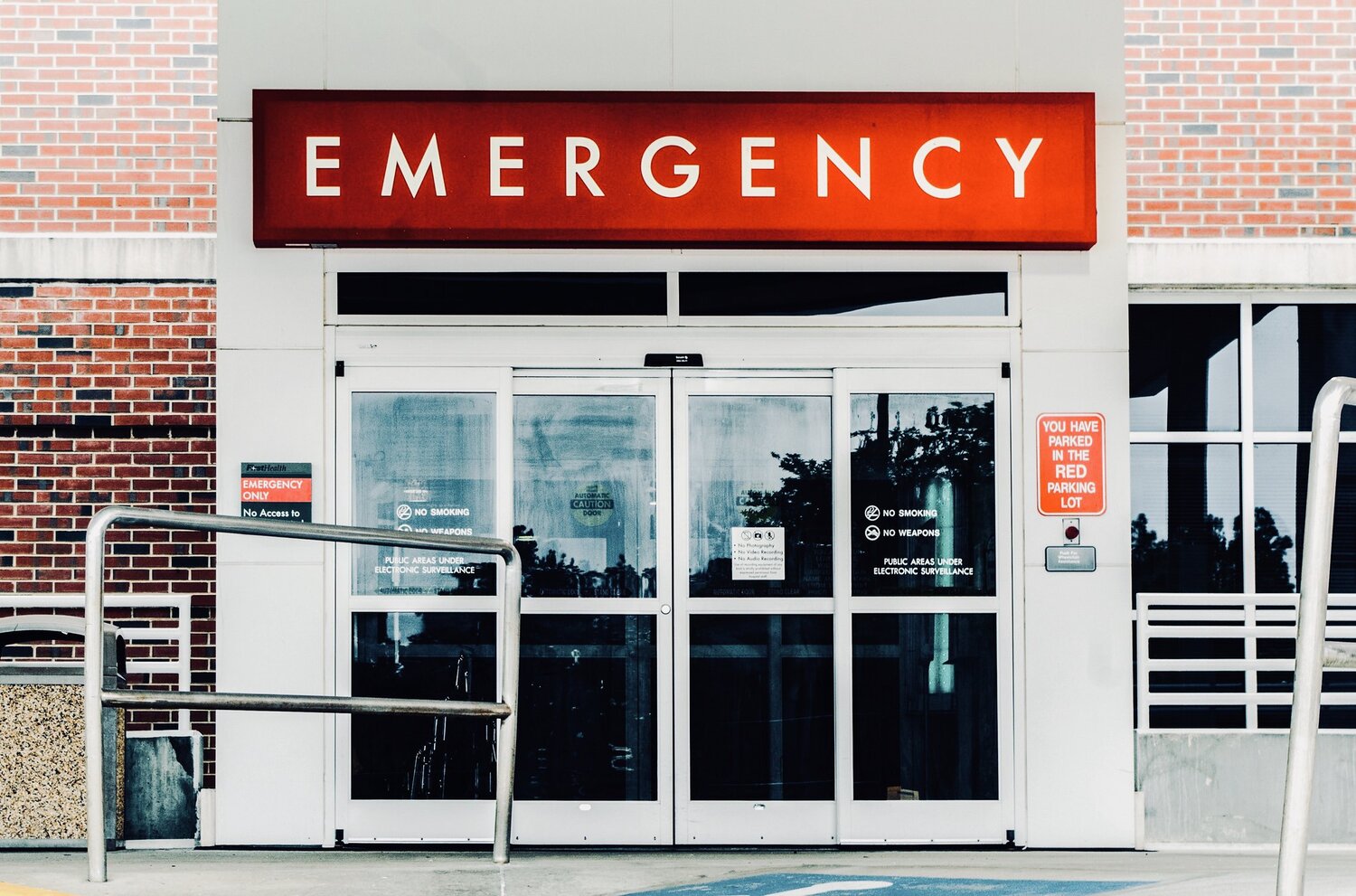
Doctors across New York State see a growing number of young people coming to hospitals with dangerous psychiatric emergencies. It is a first sign, they say, of a looming mental health crisis among children and adolescents. And they warn that—unless the State makes radical changes—many young people will not be able to get the mental health care they need.
When the coronavirus put New York on pause, the City’s Family Courts shut down most of their operations. Last week, the Court began to open up for matters that might move cases forward. But progress is slow and limited, and many families remain without access to the judges who can send their children home from foster care.
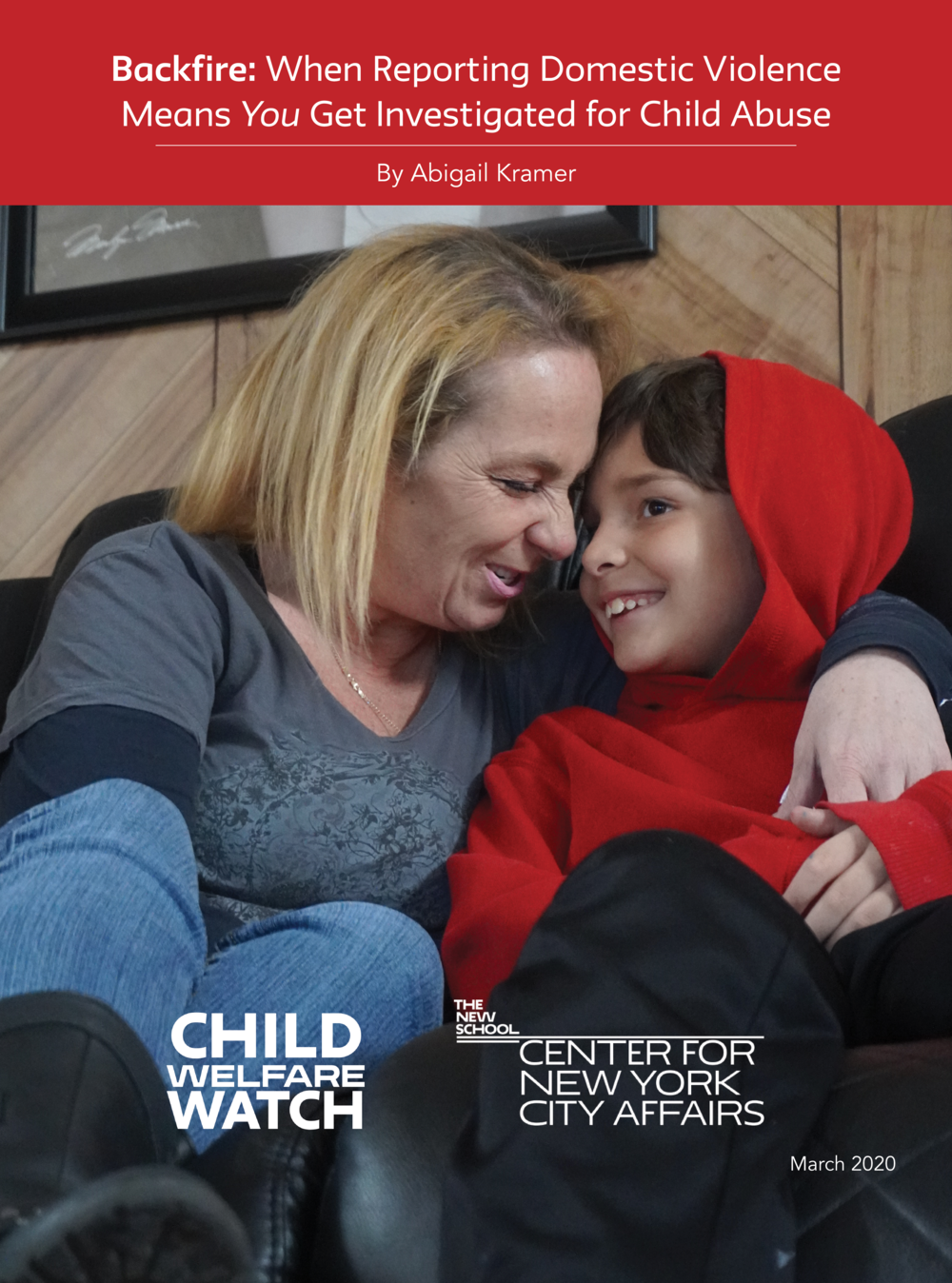
Child welfare investigators, often the first responders to domestic violence cases, aim to help both children and adult victims. However, critics argue that child welfare interventions can go wrong, turning victims into suspects and causing chaos for vulnerable families.
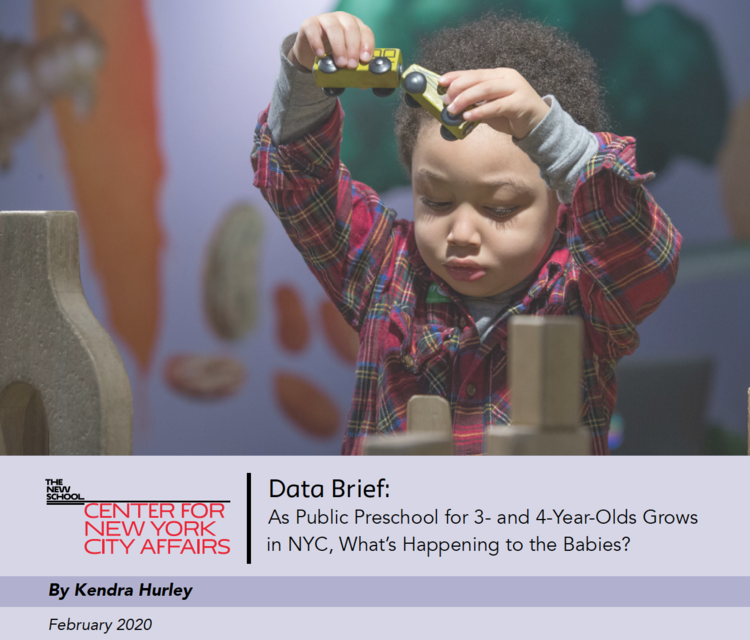
The analysis examines the unintended consequence of free, public preschool programs on the supply of child care for babies and toddlers in New York City. It suggests concerns that affordable infant and toddler care for low-income parents may be at risk despite similar enrollment numbers in subsidized child care programs.
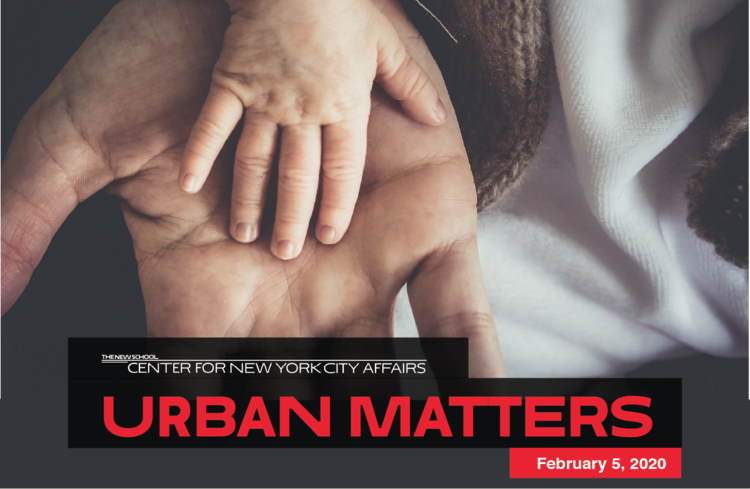
The New York City Administration for Children’s Services (ACS) recently announced new contract awards to nonprofit agencies to provide preventive services to support families who have experienced challenges in caring for their children. The contracts were awarded through a rigorous request for proposals (RFP) process mandated by the City Charter and applicable laws. And therein lies a major problem.
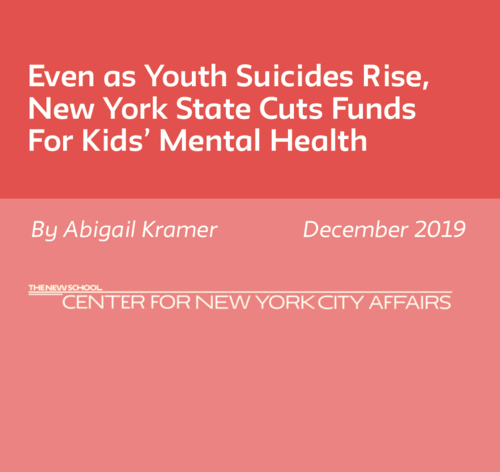
Across New York State, children and adolescents wait weeks—or even months—to get treatment for serious mental health problems. In the coming year, mental health providers and advocates warn that the situation may get worse. Despite an increase in teen suicide attempts, State officials plan to cut payments for several mental health programs that serve young people in their homes and communities.
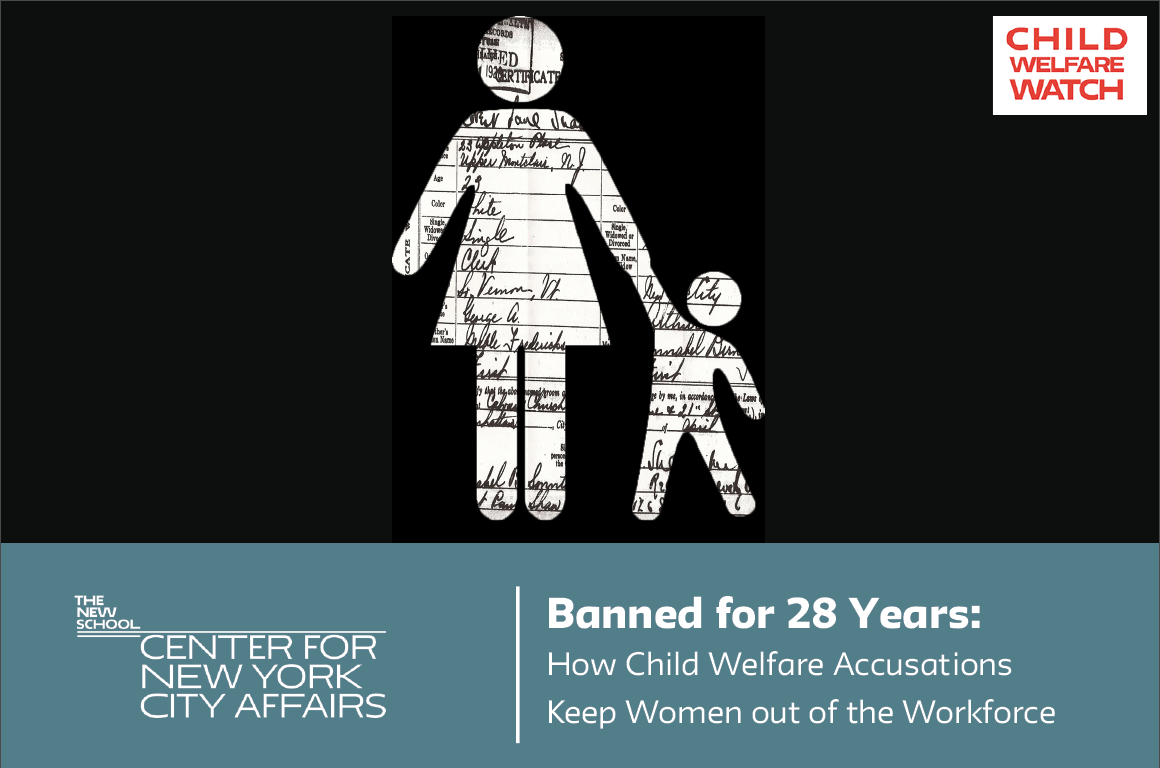
Francine Almash was not especially surprised when an investigator from New York City’s child welfare agency showed up at her door. A few months earlier, her then-10-year-old son, Shawn, who is autistic, had been pinned to a wall by a crisis counselor in his special education classroom and come home with a broken thumb. Almash refused to send him back, and so the school called the State’s child abuse hotline to report her for neglecting Shawn’s education.
Children and Families. Child Welfare Watch, Narrowing the Front Door